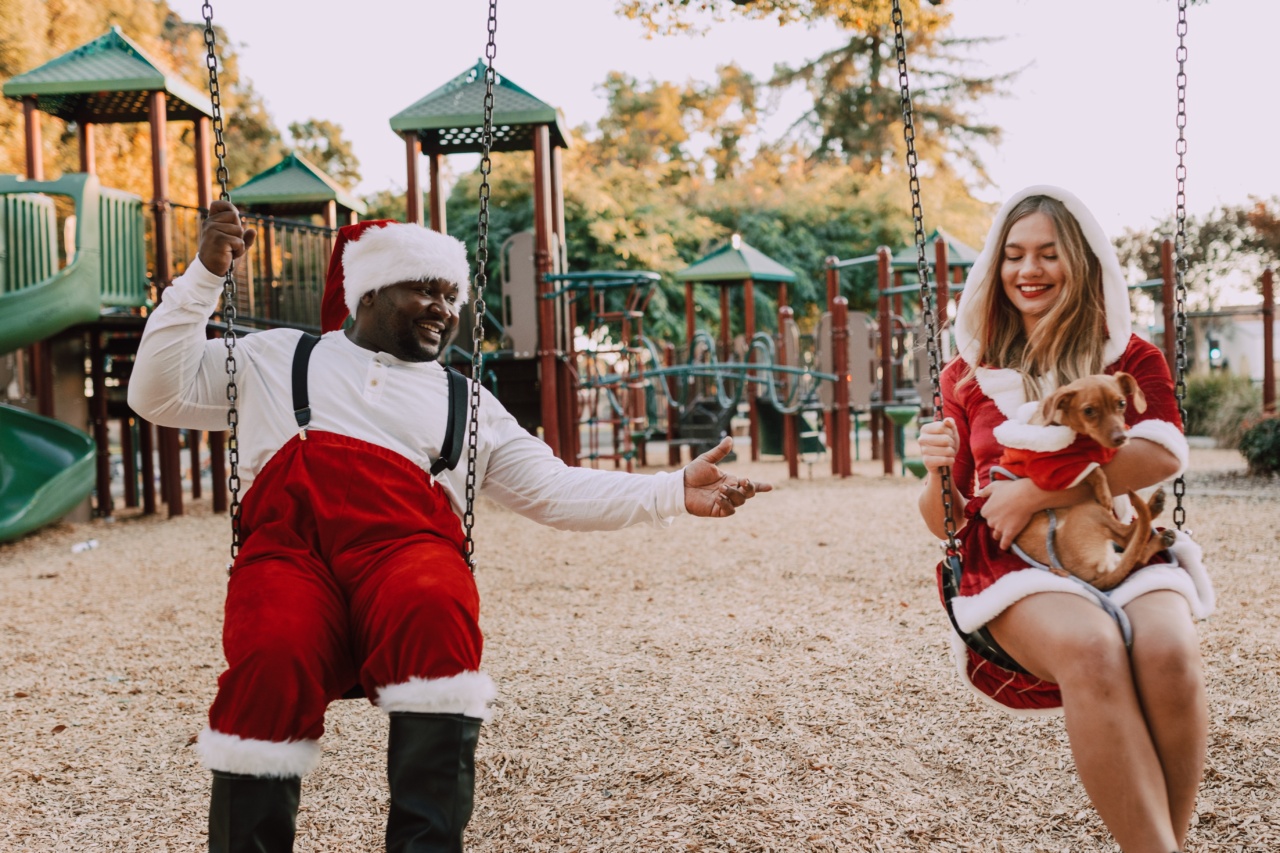Disciplining a naughty dog can be a challenging task for many pet owners. It is common for dogs to exhibit unwanted behaviors such as aggression, barking excessively, chewing on furniture, and jumping on people.
Disciplining your dog requires patience, persistence, consistency, and positive reinforcement. Punishing your dog harshly or using physical force can result in more behavioral issues in the long run. In this article, we will discuss the best ways to discipline your naughty dog effectively.
Understanding Your Dog’s Behavior
Before you start disciplining your dog, it is crucial to understand why they are exhibiting certain behaviors. Dogs act according to their natural instincts, and many unwanted behaviors stem from boredom, anxiety, and insufficient exercise.
Additionally, dogs may be acting out due to a lack of attention, sensory overload, or even discomfort and pain from medical conditions.
The first step to addressing any unwanted behavior is to identify what triggers it. If your dog barks excessively when you leave the room, they may be suffering from separation anxiety.
If your dog chews on furniture when they are bored, they may need more mental and physical stimulation. Understanding the underlying cause of your dog’s behavior will help you tackle it more effectively.
Positive Reinforcement Techniques
Positive reinforcement is the most effective way to discipline your naughty dog. Positive reinforcement means rewarding your dog for good behavior rather than punishing them for bad behavior.
This technique reinforces the behavior you want your dog to exhibit. When your dog learns that positive behaviors are rewarded, they will be more likely to repeat them.
You can use a variety of positive reinforcement techniques to discipline your dog. Offering treats, verbal praise, and affection are all great ways to reward good behavior. You can also use clicker training to teach your dog specific behaviors.
Clicker training involves using a clicker to signal to the dog that they have performed the desired behavior and will receive a reward.
Consistency is Key
Consistency is crucial when disciplining your dog. Dogs thrive on routine and consistency, and they will learn faster if you are consistent in your training.
If you are inconsistent with your training, your dog may become confused and frustrated, which can lead to more behavioral issues.
Make sure that everyone in your household is on the same page when it comes to disciplining your dog. Everyone should use the same commands, rewards, and consequences.
Consistency will help your dog understand what is expected of them and how they should behave.
Redirecting Negative Behaviors
Redirecting your dog’s negative behavior is another way to discipline them effectively. Sometimes dogs exhibit unwanted behavior because they are bored or lack stimulation.
In these cases, redirecting their behavior to a more acceptable activity can help eliminate the negative behavior.
For example, if your dog is chewing on furniture, provide them with chew toys instead. If your dog is digging in the garden, build them a designated digging area.
By redirecting your dog’s negative behavior, you can prevent them from engaging in unwanted activities while still allowing them to fulfill their natural instincts.
Time-out
Using time-out is an effective way to discipline your dog for certain behaviors. Time-outs can be useful for dogs that are displaying aggression, excessive barking, or other unwanted behaviors.
Time-outs involve removing the dog from the situation and offering no attention or reward for a specific amount of time.
When using time-out, it is important to remain calm and firm. Do not shout or use physical force. Instead, lead your dog to a quiet area without talking or scolding them. Allow them to settle down for a few minutes before returning to the situation.
Repeat this process as needed until your dog learns that the negative behavior is not acceptable.
Professional Help
If your dog’s behavior issues are severe, it may be necessary to seek professional help. A professional dog trainer or behaviorist can work with you and your dog to address underlying issues and develop a plan for proper discipline.
Additionally, some dogs may require medication to manage severe anxiety or other behavioral issues.
A veterinarian or animal behaviorist can prescribe medication to help your dog manage their behavior and reduce the risk of harm to themselves or others.
Conclusion
Disciplining a naughty dog may take time and patience, but with consistency and positive reinforcement, it is achievable.
Understanding your dog’s behavior, using positive reinforcement techniques, and being consistent are all important aspects of effective discipline. Additionally, redirecting your dog’s negative behavior, using time-out, and seeking professional help when necessary can help eliminate unwanted behavior and ensure a safe and enjoyable life for you and your furry friend.


























